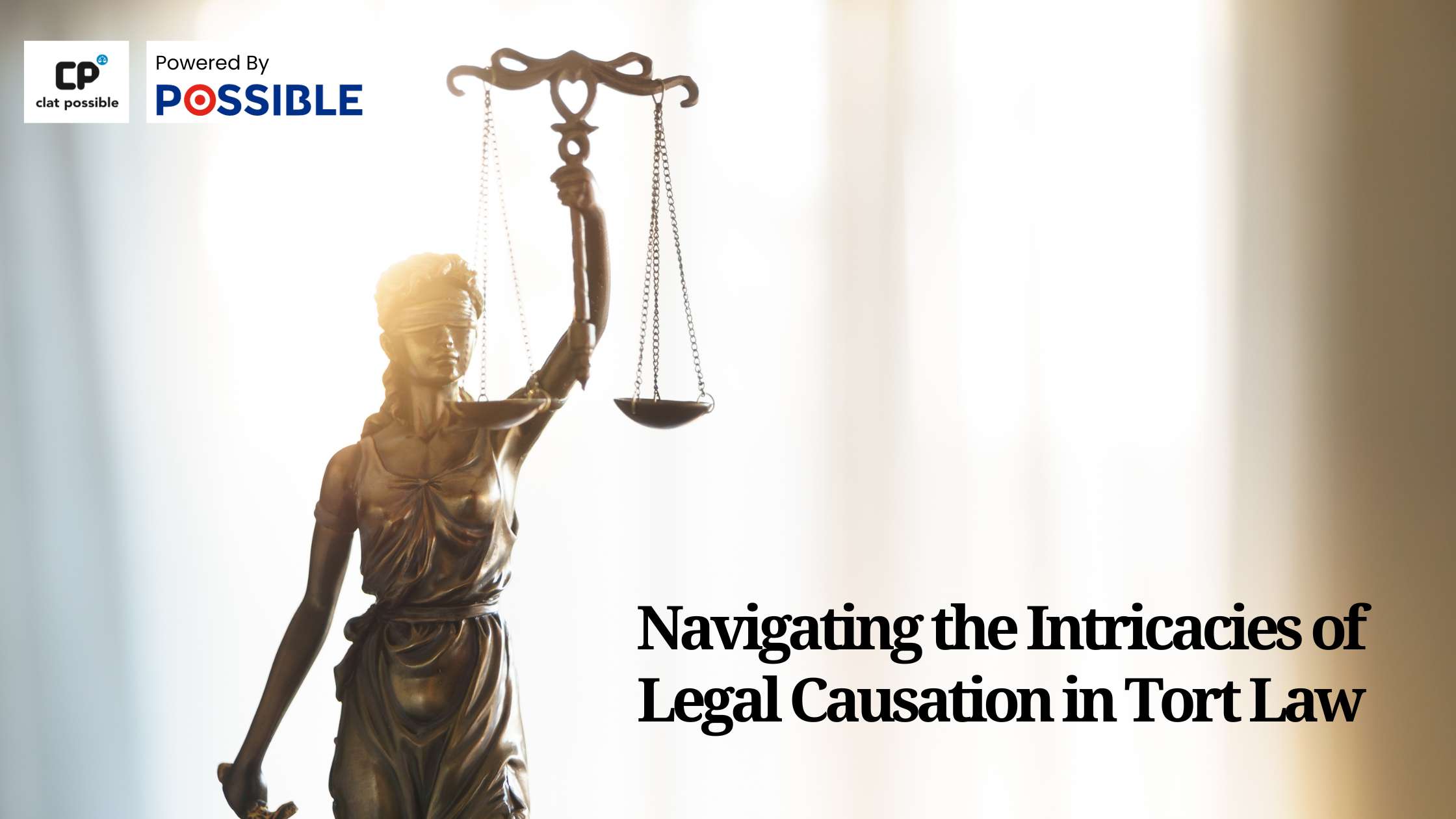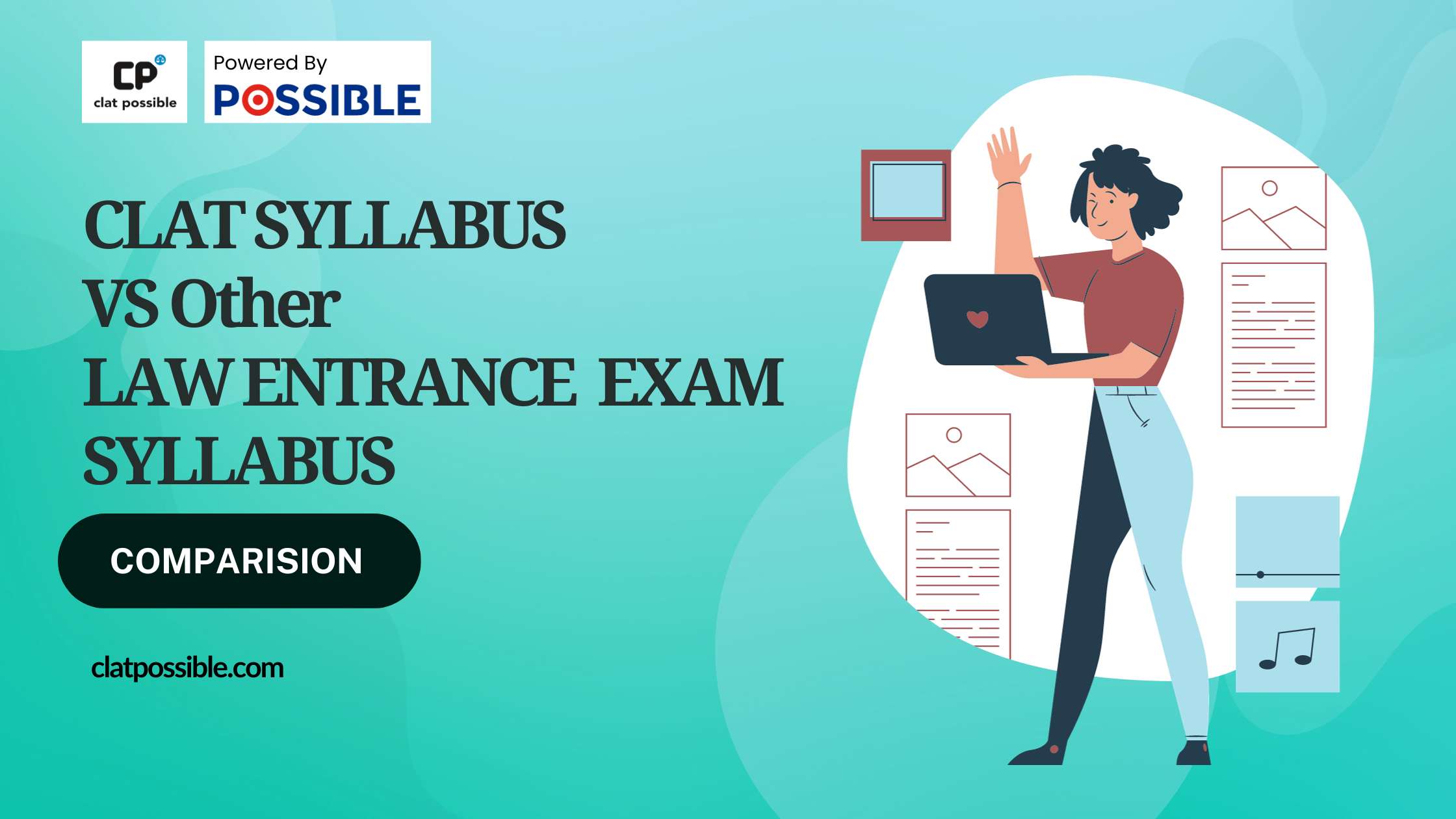
Introduction:
A journey that’s one of the most defining parts in the lives of these aspirants to step into a law school is that of CLAT. An examination with intense scheduling and one that demands infallible, perspicacious efforts towards it. In this context, finding the right “CLAT coaching near me” becomes not just an option but a necessity for many. The best CLAT coaching classes ensure more than academic tutoring, but instead ensure a route to crack one of the country’s most competitive entrance examinations. Hopefully, this guide will lead you through how to go about choosing a coaching institute that falls right in tune with your preparation needs, gels well with your learning style, and, above all, aims at nothing less than acing the CLAT with flying colors.
Problems Faced by Students While Doing Self-Study:
Self-study is rewarding for such disciplined students, but in most cases, it remains an unachieved end result because of several hindrances. These are given below:
–Vast syllabus:
The syllabus of CLAT is vast, containing all from logical reasoning to legal aptitude. It becomes a big concern for any student to cover all the topics in detail through his own hard work.
–Proper Guidance Absent:
Expertise is crucial on all involved matters; some complicated subjects end up becoming really misleading and confusing to the correct understanding in the absence of an expert.
–Less Practice for Tests:
Success is partly based on practice under exam conditions, without which all victories seem impossible.
Motivation and Discipline:
Entirely, an aspirant has to be left with the consistency of following the study schedule, so without motivation from outside, many would find it hard to follow it properly.
The solutions to such issues lie in doing “CLAT preparation” strategies prescribed by the reputed coaching centers.
How CLAT Coaching Helps
Benefits of taking admission in “best CLAT coaching classes” are as follows:
–Systematic syllabus coverage:
Making sure every subject is taken care of in a structured manner.
–Availing access to able instructors:
Availing access to able instructors who break down complex topics into understandable sections.
–Mock Tests and Feedback:
It is an attempt to simulate the real test environment on regular basis, wherein mock test feedback sessions try to unveil strengths and weaknesses.
–Study Material:
All exhaustive resources required for preparation pertaining to the CLAT examination, comprising practice questions, previous years’ question papers, and study notes.
Peer Support:
Learning in a group of similarly motivated aspirants makes an environment which is both encouraging and supportive through brain-storming and providing support.
Top CLAT Coaching Institutes and Their USP:
–CLAT Possible:
Known for its personalized coaching approach, CLAT Possible emphasizes getting to know the strength and weakness of the students, where targeted preparation is involved.
–Career Launcher:
Powerhouse in CLAT Preparation with its comprehensive CLAT Preparation modules, exhaustive study material, and highly experienced faculty.
–LegalEdge:
Experts in law entrance exam preparation with an innovation-focused teaching methodology and the most comprehensive test series.
–LST (Law School Tutorials):
A part of the Career Launcher, LST is known for comprehensive material coverage and spread across India for mock centers that are mirrors of actual exam centers.
–Aakash Institute:
In spite of its very nature of the preparer for the medical and engineering entrance exams, based on its wide coaching experience, Aakash has also brought out focused CLAT coaching.
Each one of these institutes has its own unique selling propositions, be it personalized attention, exhaustive resources, nationwide test series, or the ability to cater to diverse aspirant needs.
Benefits of Offline Coaching:
There are several unique advantages that the table has for offline coaching.
–Interactive Learning:
Doubt clearance and personal feedback are possible directly through face-to-face interaction in a classroom.
–Disciplined Study Routine:
A classroom environment also includes the discipline to adhere to a specific study routine strictly, therefore, students will have definite classes and definite periods in which to study.
–Peer Learning and Motivation – A good amount of motivation comes with learning in a group with elements like group study, discussions, and healthy competition.
Conclusion:
Opting for the right coaching for CLAT can be seen as one of the most crucial decisions in shaping your preparation and ending up with a good performance. Every institute would have something or the other in it, but personal liking, learning style, and need would dominate the decision-making process. After all, the goal is not just to survive through CLAT but to excel in it. So, research, speak to people, attend demo classes, and then enroll.
Locate our centre here!
For more informative blogs on CLAT 2025 preparation, Click Here!









